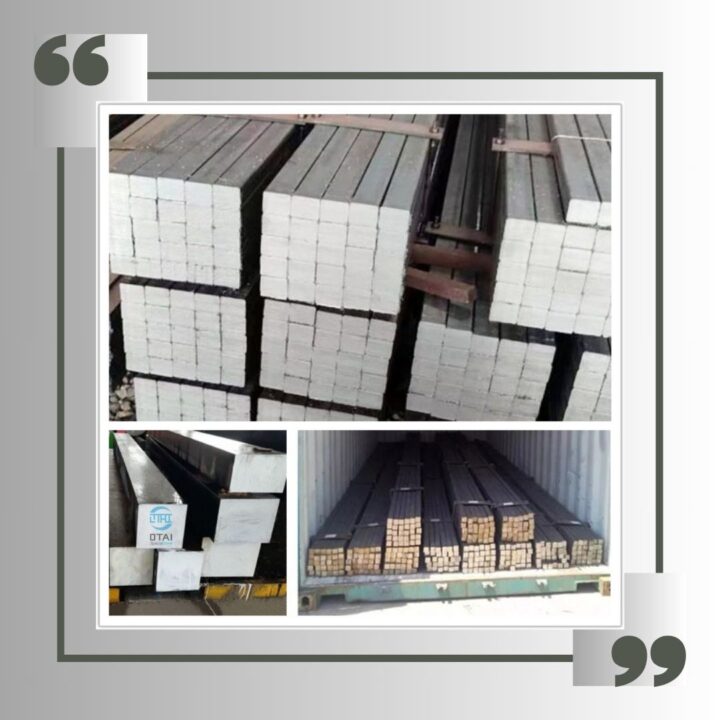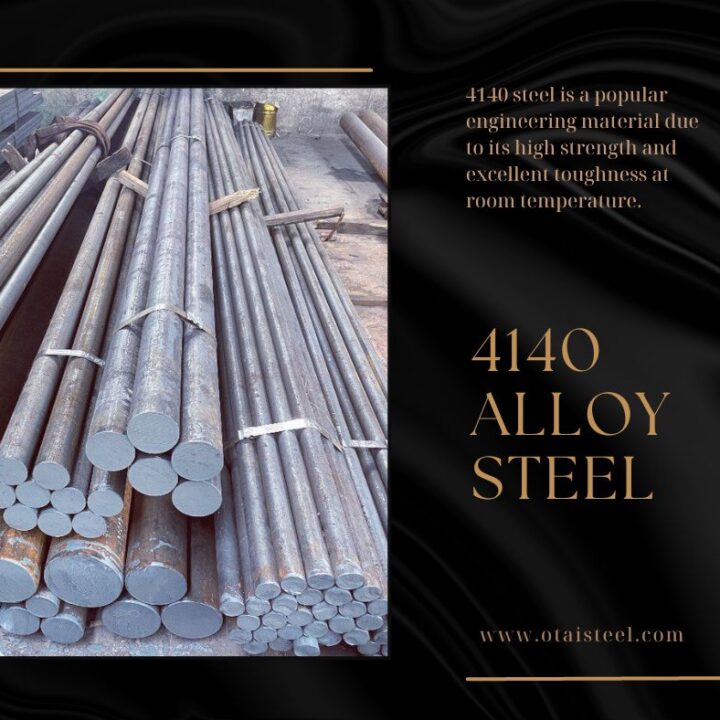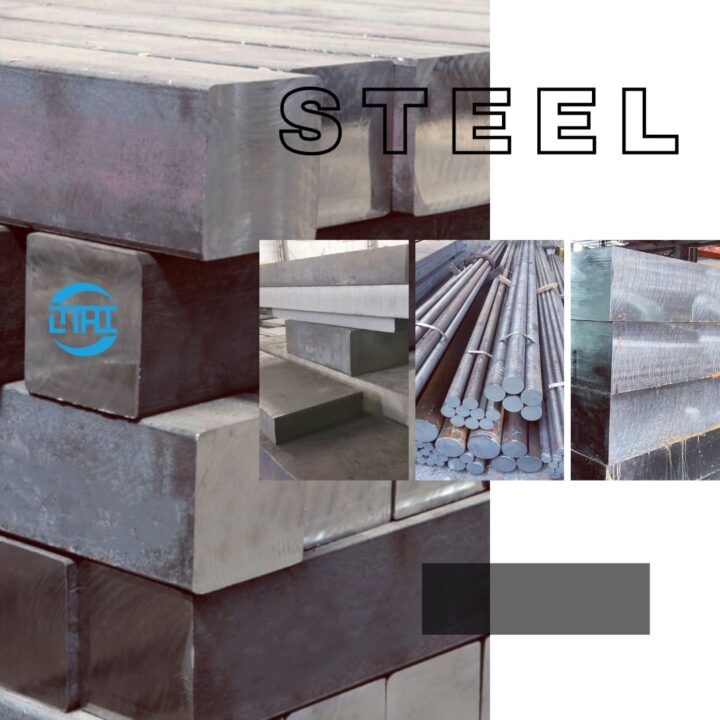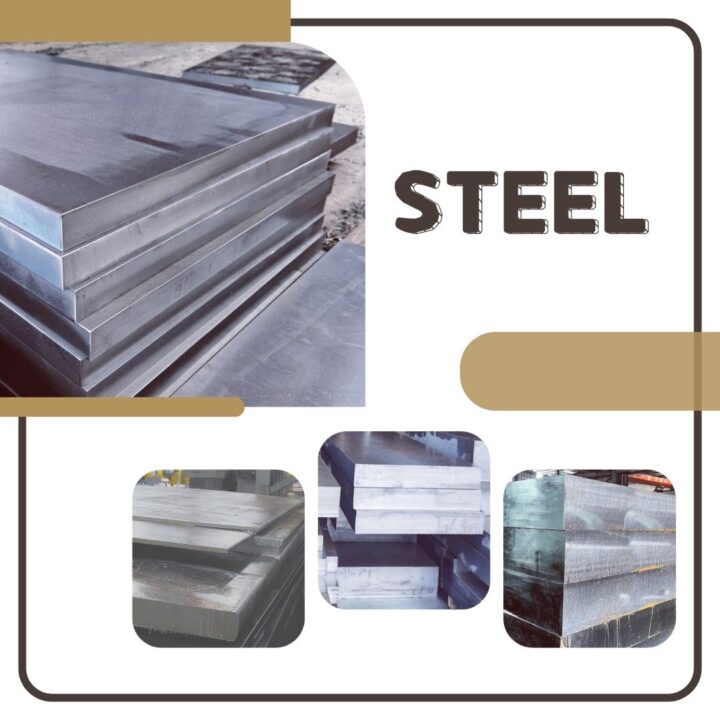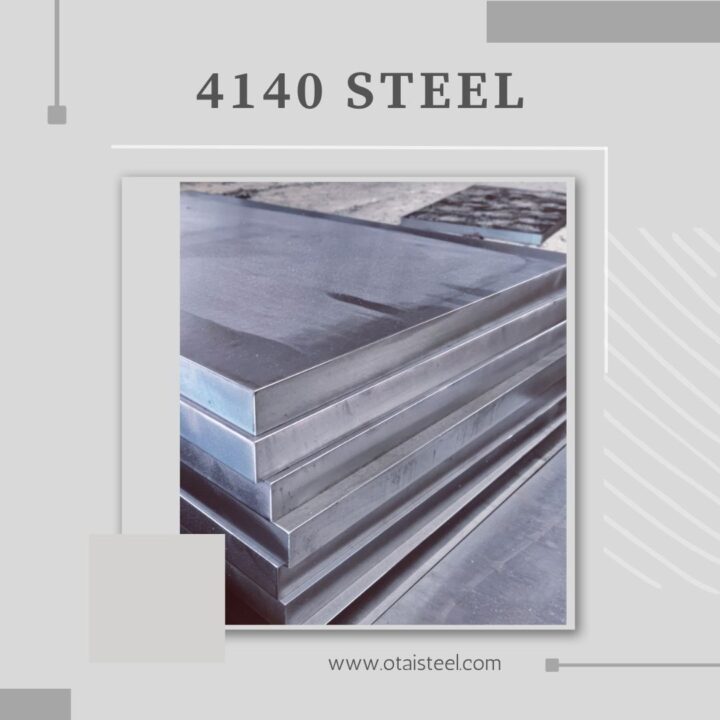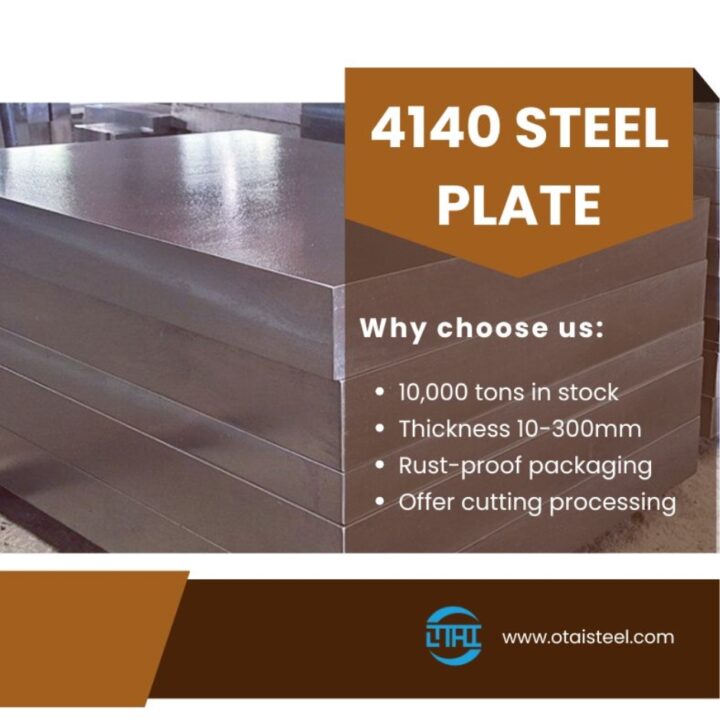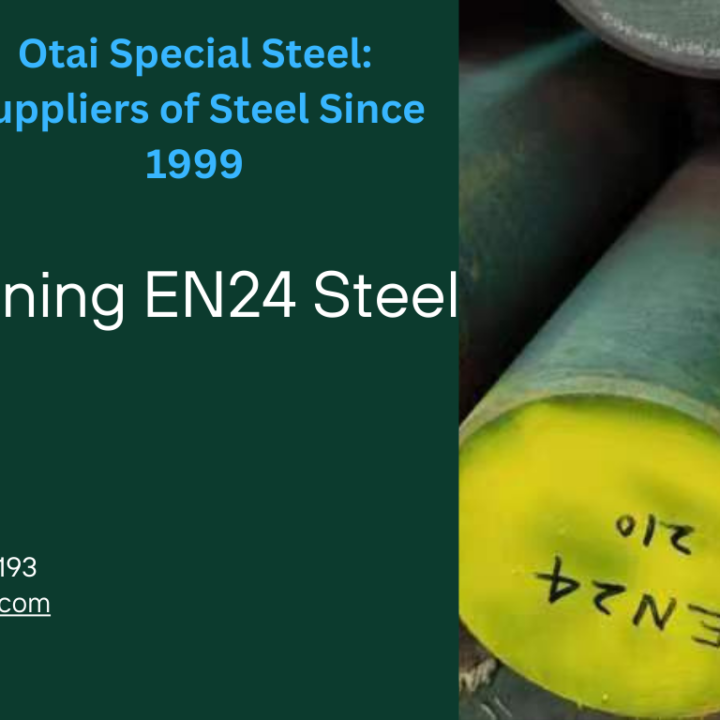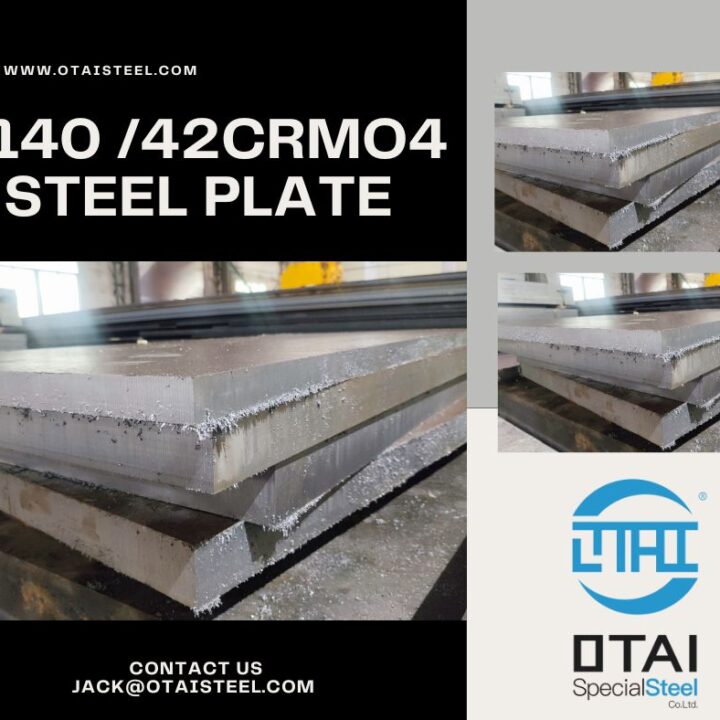The development of new alloys based on 4140 steel is an area of ongoing research and innovation aimed at improving the mechanical and physical properties of the material for specific applications. By modifying the composition of the steel and introducing additional alloying elements, researchers and metallurgists can tailor the properties of the alloy to meet specific requirements. Here are some potential areas of development and improvement:
Enhanced strength
Researchers can explore alloying elements that further increase the strength of the steel, allowing it to withstand even higher loads and stresses. Elements such as tungsten, niobium, and titanium can be considered to improve the strength of the alloy.
Improved toughness
Alloying elements like nickel and manganese can be added to enhance the toughness of the steel. This can increase its ability to resist fracture and withstand impact or shock loading. It makes it suitable for applications where toughness is critical.
Increased corrosion resistance
The addition of elements like copper, silicon, or aluminum can improve the corrosion resistance of the alloy, making it more suitable for environments where corrosion is a concern. This can extend the lifespan of the material and reduce maintenance requirements.
Enhanced heat resistance
For applications that involve high-temperature environments, alloying elements such as vanadium, tungsten, or cobalt can be incorporated to improve the heat resistance and stability of the alloy. This can prevent or delay the onset of creep and maintain mechanical properties at elevated temperatures.
Tailored wear resistance
The addition of elements like chromium, boron, or niobium can enhance the wear resistance of the alloy. It makes it suitable for applications with high abrasion or friction. This can improve the lifespan and performance of components subjected to wear.
Optimization of microstructure
Fine-tuning the microstructure of the alloy through precise heat treatments, controlled cooling rates, or grain refinement techniques can lead to improved mechanical properties, such as strength, toughness, and fatigue resistance.
Lightweight
By incorporating lightweight elements such as aluminum or magnesium, the density of the alloy can be reduced while maintaining or improving its mechanical properties. This can contribute to weight reduction in applications where weight is a critical factor, such as aerospace or automotive industries.
These are just a few potential areas of development for new alloys based on 4140 steel. The ongoing research and exploration of different alloy compositions and processing techniques aim to unlock new possibilities and expand the range of applications where 4140 steel can be utilized.
